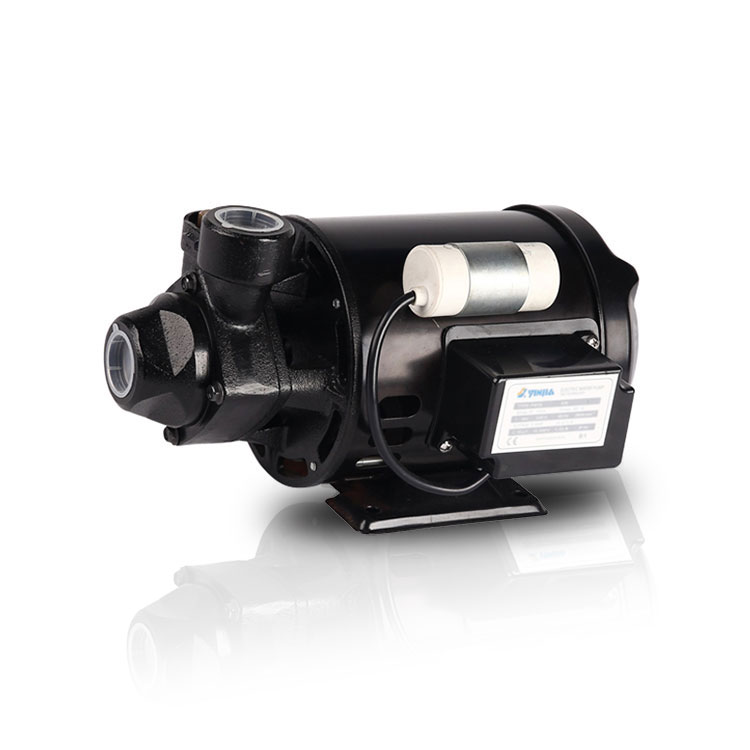What are the disadvantages of a peripheral pump?
2023-10-16
Peripheral pumps, also known as regenerative or turbine pumps, have several advantages, including their ability to generate high-pressure output in a relatively compact design. However, they also come with some disadvantages and limitations that are important to consider when choosing a pump for a specific application. Here are some of the disadvantages of peripheral pumps:

1. Limited Flow Rate: Peripheral pumps are generally designed for applications that require high-pressure output rather than high flow rates. If your application demands a significant volume of fluid to be moved, a peripheral pump may not be the best choice as it may not provide the required flow.
2. Sensitive to Fluid Viscosity: Peripheral pumps work most effectively with low-viscosity fluids, such as water. They are less suitable for handling more viscous liquids, as the design of the impeller and diffuser may not handle thicker fluids as efficiently.
3. Not Suitable for Solids: Peripheral pumps are not designed to handle fluids containing solid particles or abrasive materials. The presence of solids can lead to clogs, wear on pump components, and reduced efficiency.
4. Temperature Limitations: These pumps may have limitations regarding the temperature of the fluids they can handle. High-temperature or extremely cold fluids can affect the performance and longevity of the pump.
5. Noise: Peripheral pumps can produce more noise compared to some other pump types, especially when operating at high speeds. This noise level can be a concern in noise-sensitive environments.
6. Maintenance Requirements: While peripheral pumps are known for their relatively simple design, they still require regular maintenance to ensure optimal performance. This includes inspecting and cleaning the impeller, diffuser, and other components, which can be a task in some applications.
7. Efficiency at Different Pressures: The efficiency of a peripheral pump can vary depending on the operating pressure. They tend to perform best at their design pressure and may be less efficient when used for tasks that require lower or higher pressures.
8. Cost: High-quality peripheral pumps can be relatively expensive, especially those designed for high-pressure applications. If your application demands both high pressure and high flow rates, you may need to consider more costly pump options.
9. Power Consumption: Depending on the specific model and application, peripheral pumps may consume more power compared to certain other pump types, which can impact energy costs in the long run.
10. Specific Applications: Peripheral pumps are most suitable for applications where high pressure is required but the flow rate is not a primary concern. If your application demands both high pressure and high flow, a different pump type like a centrifugal pump may be a better choice.
It's essential to carefully assess your specific pumping requirements and consider the advantages and disadvantages of peripheral pumps to determine if they are the right choice for your application. In some cases, other pump types may be more appropriate for meeting your needs efficiently and cost-effectively.


